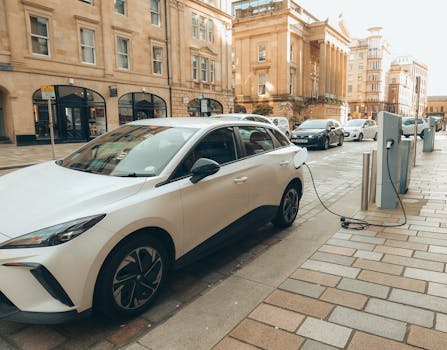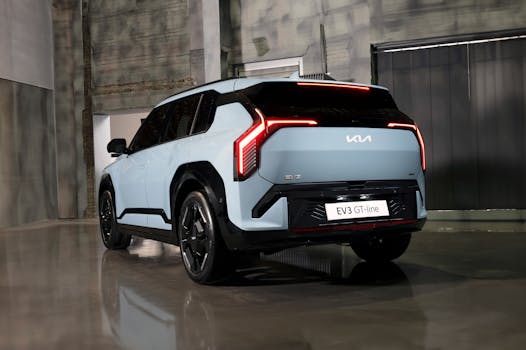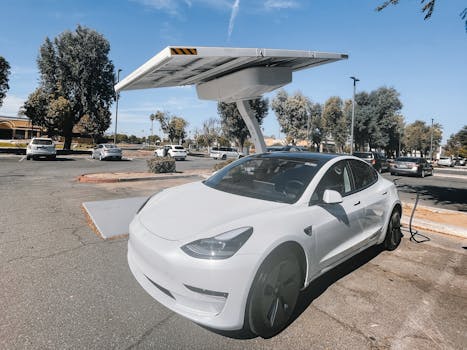
Smart Cities: Urban Trends for 2025
Smart Cities are revolutionizing the way we live, work, and interact with our environment. As we approach 2025, it’s essential to explore the latest urban trends that will shape the future of these innovative cities. Smart Cities are at the forefront of this transformation, leveraging technology and innovation to create sustainable, efficient, and livable communities.
Section 1: Introduction to Smart Cities

So, what exactly are Smart Cities? A Smart City is an urban area that uses information and communication technologies (ICT) to enhance the quality of life for its citizens, improve the efficiency of services, and reduce costs. These cities are designed to be sustainable, resilient, and adaptable, with a strong focus on the well-being of their inhabitants.
The concept of Smart Cities has been around for several years, but it’s only recently that we’ve seen significant advancements in this field. With the help of emerging technologies like the Internet of Things (IoT), artificial intelligence (AI), and data analytics, Smart Cities are becoming increasingly sophisticated and efficient.
Section 2: Urban Trends for 2025

As we look ahead to 2025, there are several urban trends that will shape the future of Smart Cities. Some of the most significant trends include:
- Sustainable Energy: Smart Cities will prioritize renewable energy sources, such as solar and wind power, to reduce their carbon footprint and reliance on fossil fuels.
- Advanced Transportation Systems: Cities will invest in intelligent transportation systems, including self-driving cars, hyperloops, and advanced public transit systems, to reduce congestion and improve air quality.
- Smart Buildings: Buildings will be designed with energy efficiency and sustainability in mind, incorporating features like green roofs, rainwater harvesting, and advanced insulation.
- Waste Management: Smart Cities will implement advanced waste management systems, including recycling programs, composting, and waste-to-energy conversion, to minimize waste and reduce pollution.
- Public Safety: Cities will utilize advanced technologies like surveillance cameras, sensors, and data analytics to improve public safety and reduce crime.
Section 3: Challenges and Opportunities

While Smart Cities offer numerous benefits, there are also challenges and opportunities that need to be addressed. Some of the key challenges include:
- Infrastructure: Building and maintaining the necessary infrastructure to support Smart City technologies can be costly and time-consuming.
- Cybersecurity: Smart Cities are vulnerable to cyber threats, which can compromise the security and integrity of city systems.
- Privacy: The use of surveillance cameras and data analytics raises concerns about privacy and data protection.
- Equity and Inclusion: Smart Cities must ensure that all citizens have access to the benefits and opportunities provided by these technologies.
Despite these challenges, Smart Cities offer numerous opportunities for innovation, economic growth, and improved quality of life. By embracing these trends and addressing the challenges, cities can create a better future for their citizens and become models for sustainable and resilient urban development.
Section 4: Conclusion

In conclusion, Smart Cities are at the forefront of urban innovation, and the trends shaping their development will have a significant impact on the future of our cities. By prioritizing sustainability, efficiency, and livability, Smart Cities can create a better world for generations to come. As we look ahead to 2025, it’s essential to stay informed about the latest developments and advancements in this field, and to work together to create a brighter, more sustainable future for all.





